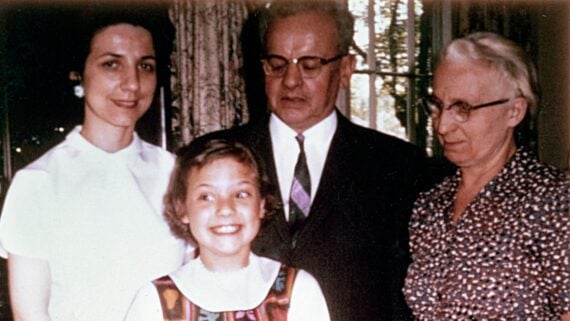Every year, children are sent home from school because of an itchy little pest: head lice. While these tiny bloodsuckers are a major annoyance, experts stress that there’s little health risk associated with lice infestations. Find out all you need to know about lice, from basic facts to diagnosis and treatment.
WHAT LICE ARE
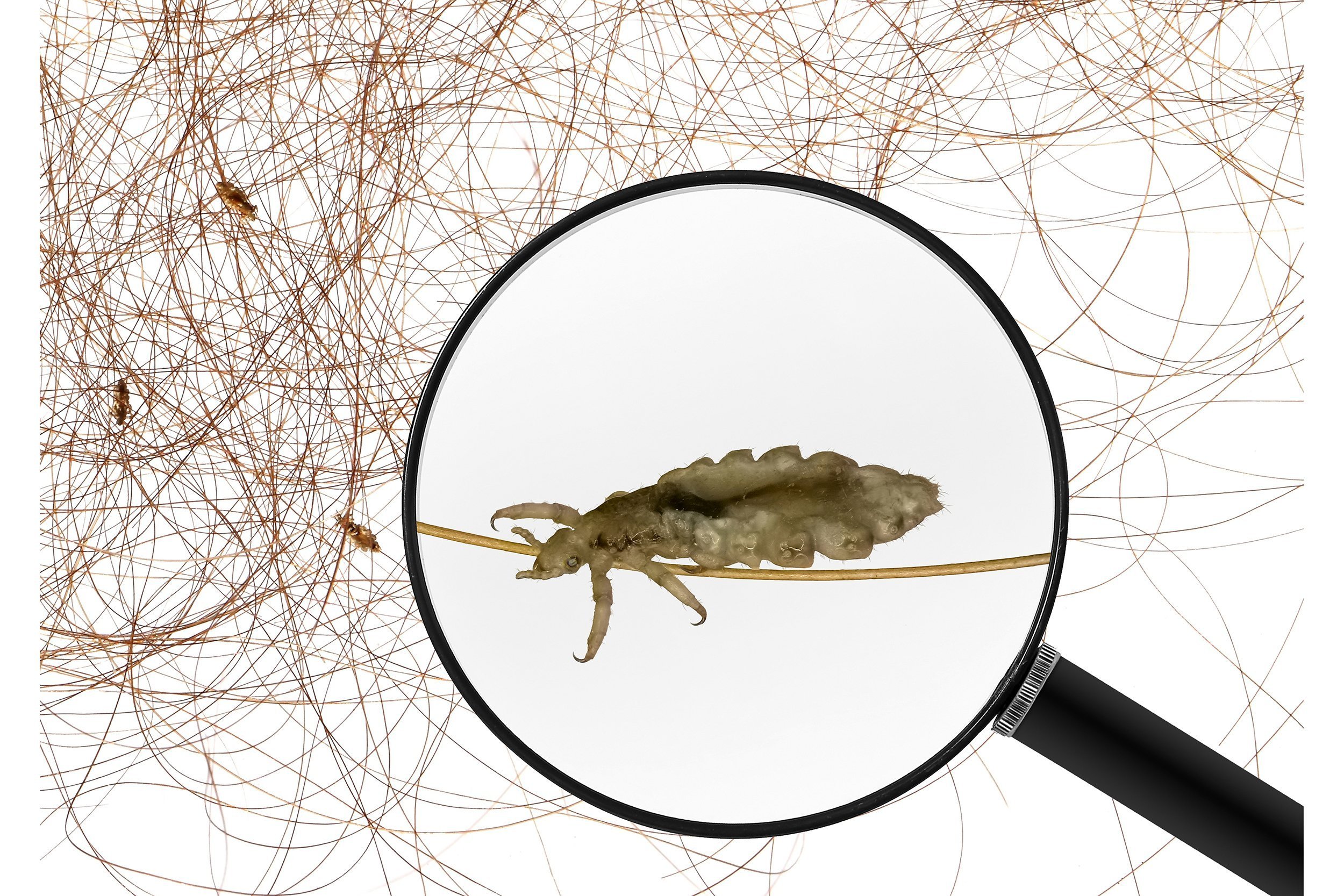
Lice are small, parasitic insects that feed on blood from human scalps. They are found in three forms: nit (the egg), nymph (the hatchling), and fully grown louse (singular for lice).
WHAT LICE AREN’T
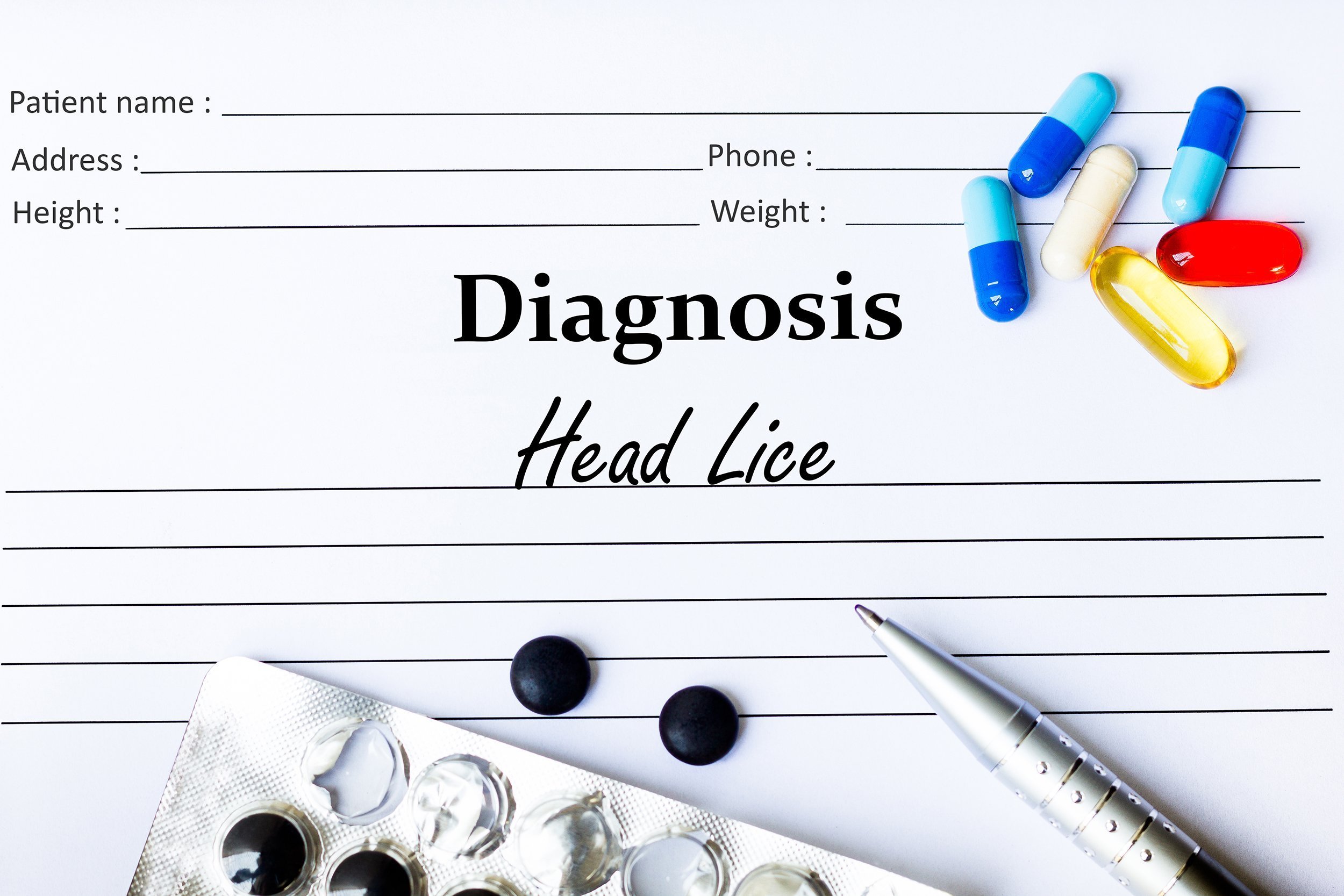
The Centers for Disease Control and Prevention says lice are an annoyance, but stresses that they’re not a public health hazard because lice do not transmit disease. However, that doesn’t mean a lice infestation should go untreated, as it is possible for those who get lice to eventually develop a skin infection from excessive scratching.
LICE DON’T LIVE LONG
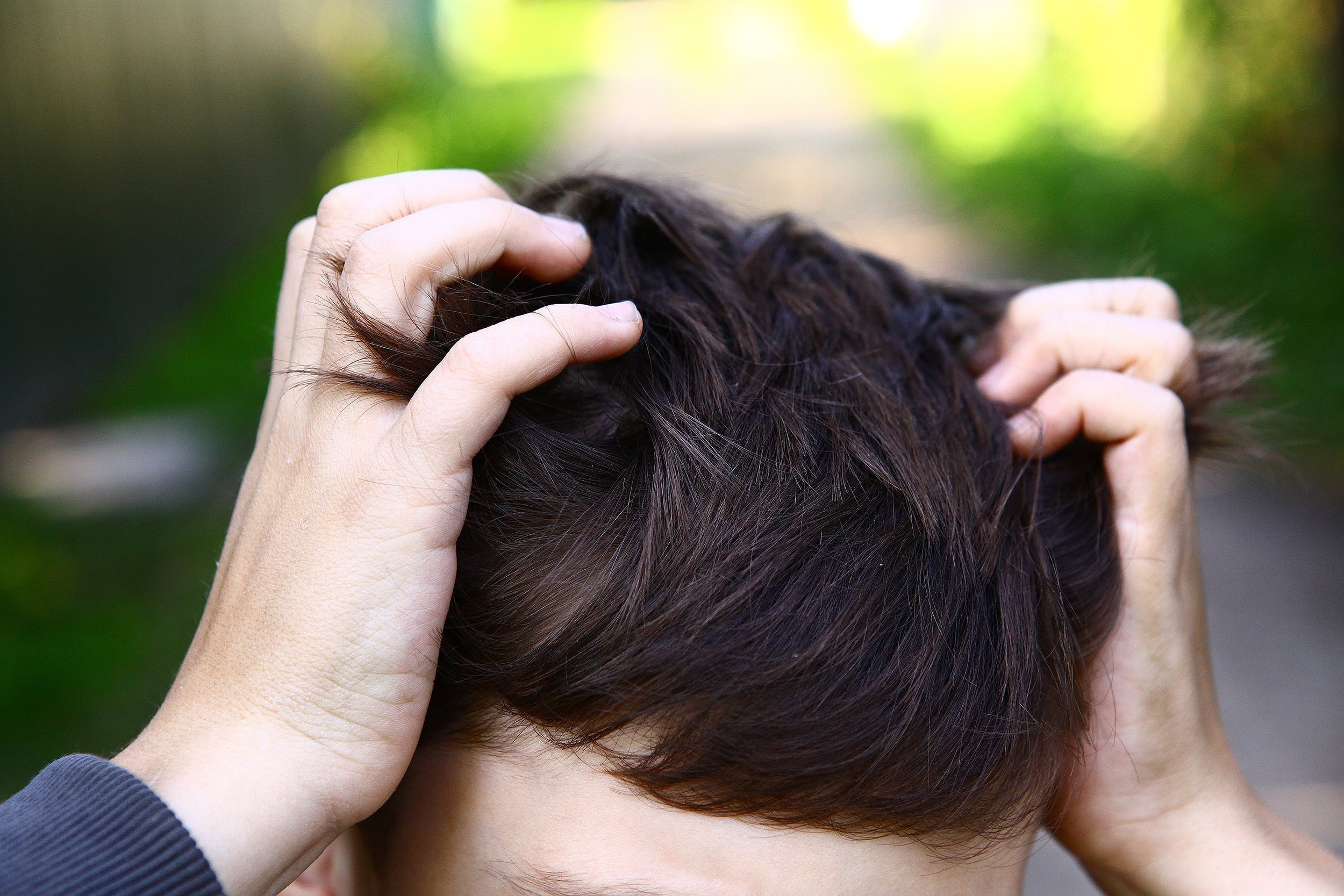
Head lice can survive for about a month, according to Healthline. And once off your head, they won’t live more than a day. However, new lice are always hatching, so an infestation can last indefinitely without treatment.
THEY’RE VERY, VERY SMALL
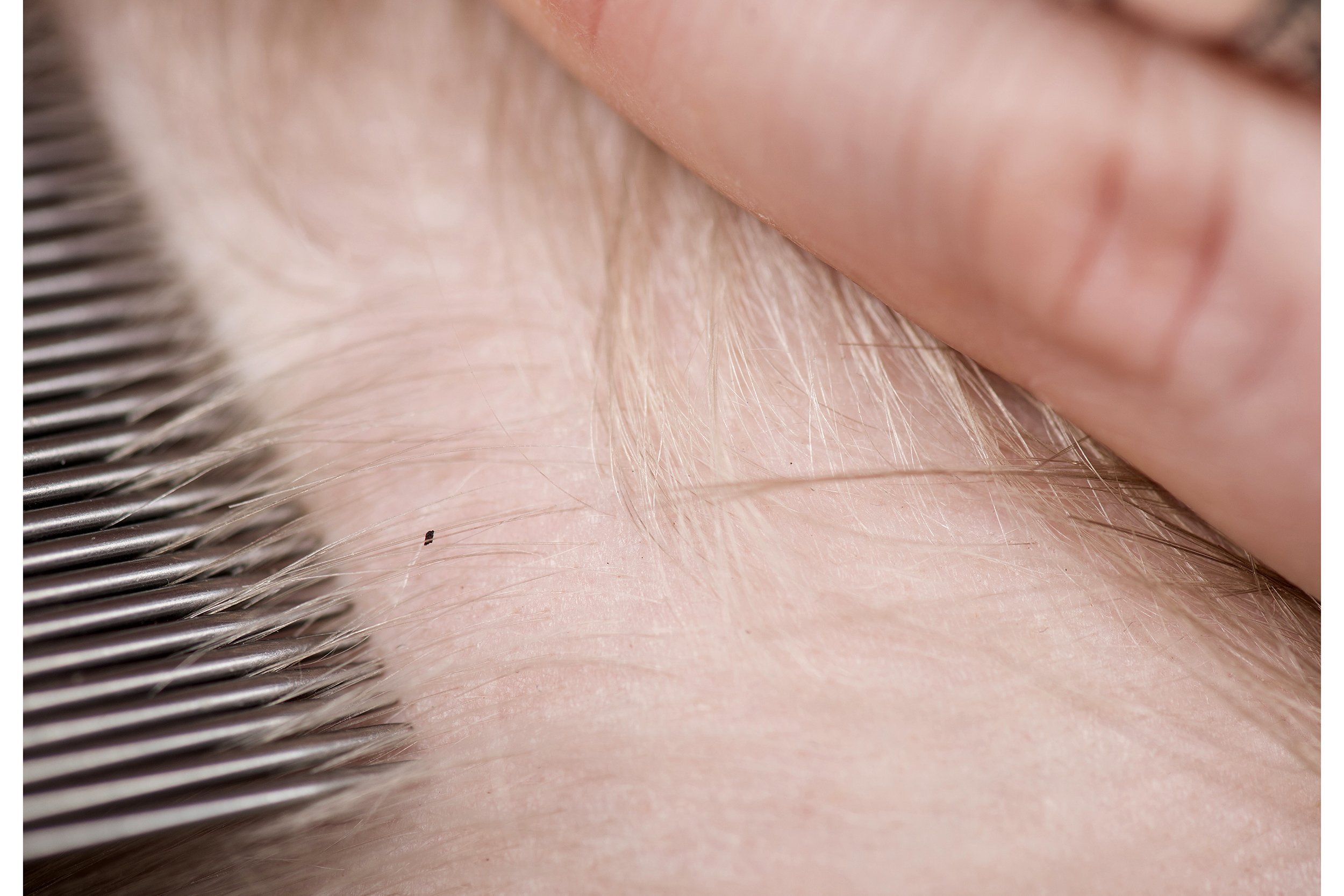
Fully grown lice are about the size of a sesame seed. They have six legs and may be tan or grayish. Nymphs and nits are much smaller — about the size of the letters spelling out “The United States of America” on the back of a penny. Nits are yellow or white and are attached to the hair very near the scalp.
WHO’S AT RISK

You can get lice at any age, but according to the CDC, infestations are most common among preschool kids, elementary kids, and their family members. There are roughly 6 million to 12 million infestations among kids ages 3 to 12 each year, the CDC says. African-American children have the lowest risk, likely because their hair shafts aren’t as easily grasped by lice.
Trending on Cheapism
HOW LICE SPREAD

Lice don’t jump or fly from head to head. They typically spread during direct contact with the head of someone with lice, or less commonly, if someone who has lice shares a brush, hat, pillow, or another personal item. Pets do not spread lice, the CDC says.
LICE AREN’T SWIMMERS

Lice will cling tightly to hair while they’re submerged and will not float and spread from person to person while in water. But they will survive just fine in water for several hours, and chlorine in pools won’t kill them, the CDC warns.
THEY DON’T CARE ABOUT YOUR HYGIENE

For some, having lice is something of a social stigma. But lice can actually thrive in any environment and on anyone’s head, regardless of personal hygiene or living conditions, according to the Mayo Clinic. But they are more likely to spread where people are in close contact.
Sign up for our newsletter
ITCHING IS ONE SYMPTOM …
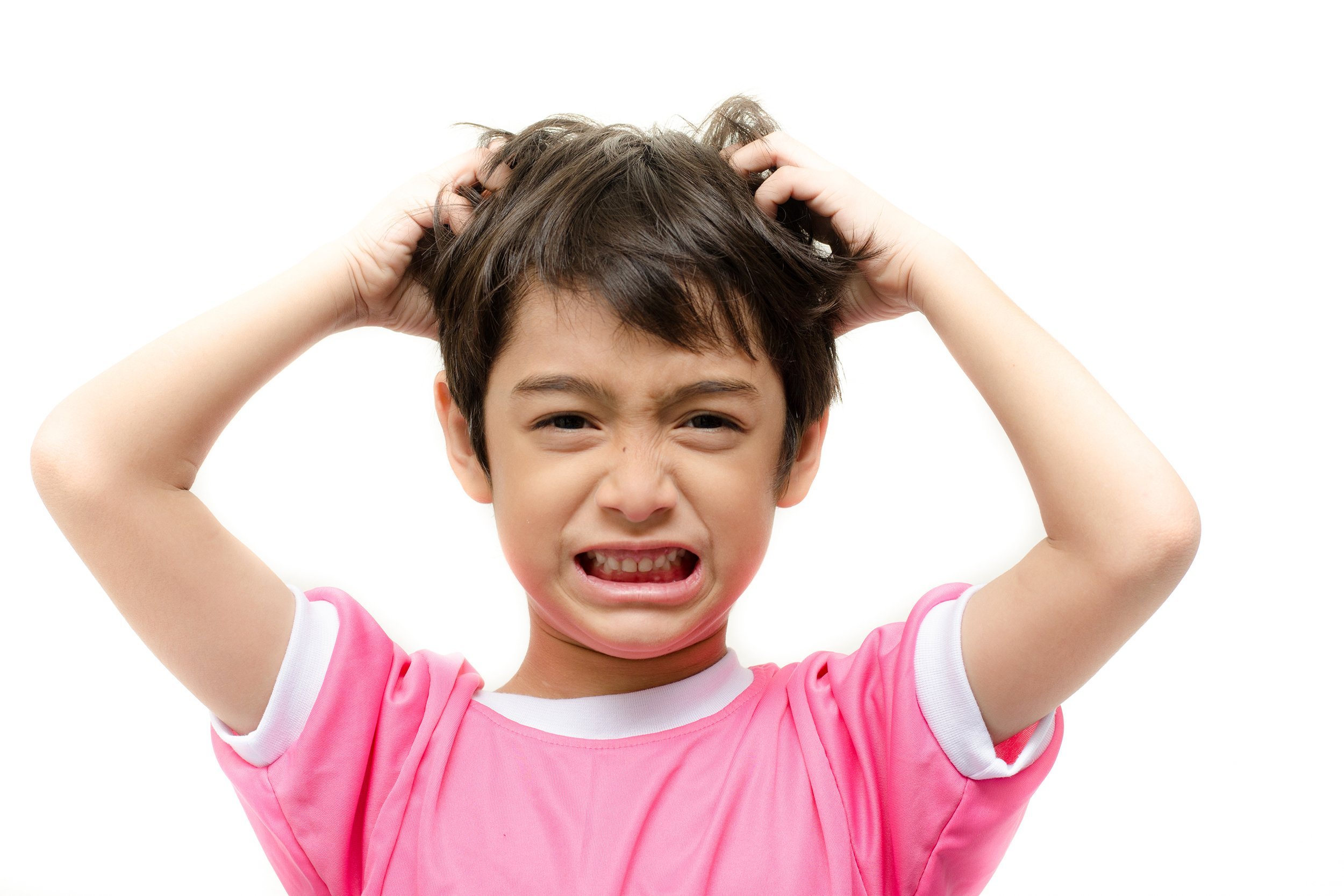
Watch out for itching on the neck, ears, and scalp, warns the Mayo Clinic. While lice on the scalp and nits on the hair shaft may be visible during an infestation, they can be very hard to spot at a glance because of their small size.
… BUT YOU MAY NOT ITCH AT ALL

You can have lice without any inkling of the infestation — the CDC says having lice can be symptom-free, especially with a first infestation or a very light one. Itching, one of the most common symptoms, may not occur for a month or more.
DIAGNOSIS CAN BE TRICKY
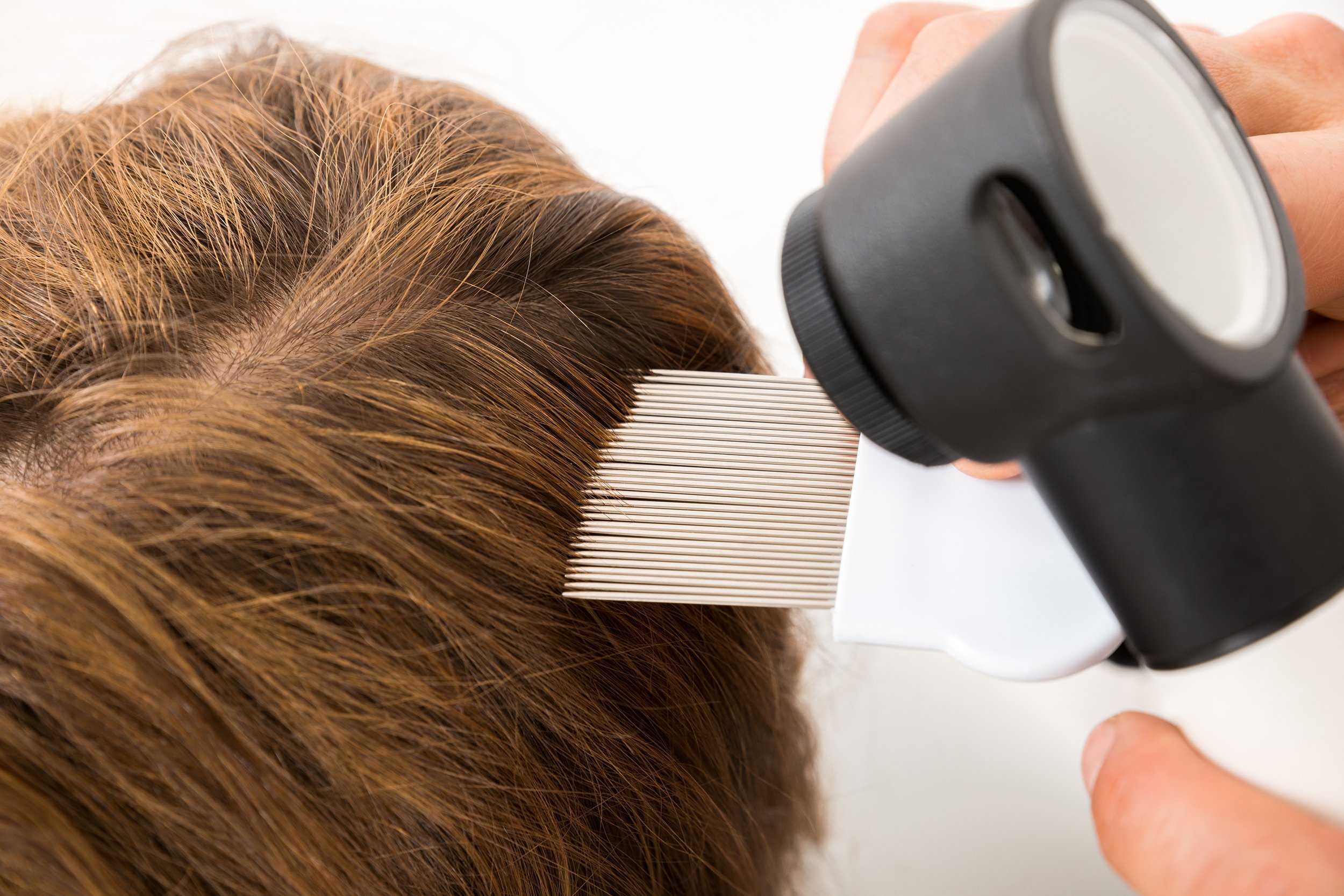
Medical professionals will look for lice or nits in the hair, often with the aid of a fine-toothed comb or a microscope. But misdiagnosis is common: Sometimes old infestations are flagged for treatment, while viable nits might be mistaken for dandruff or hair spray, the CDC notes.
OVER-THE-COUNTER TREATMENT IS COMMON …
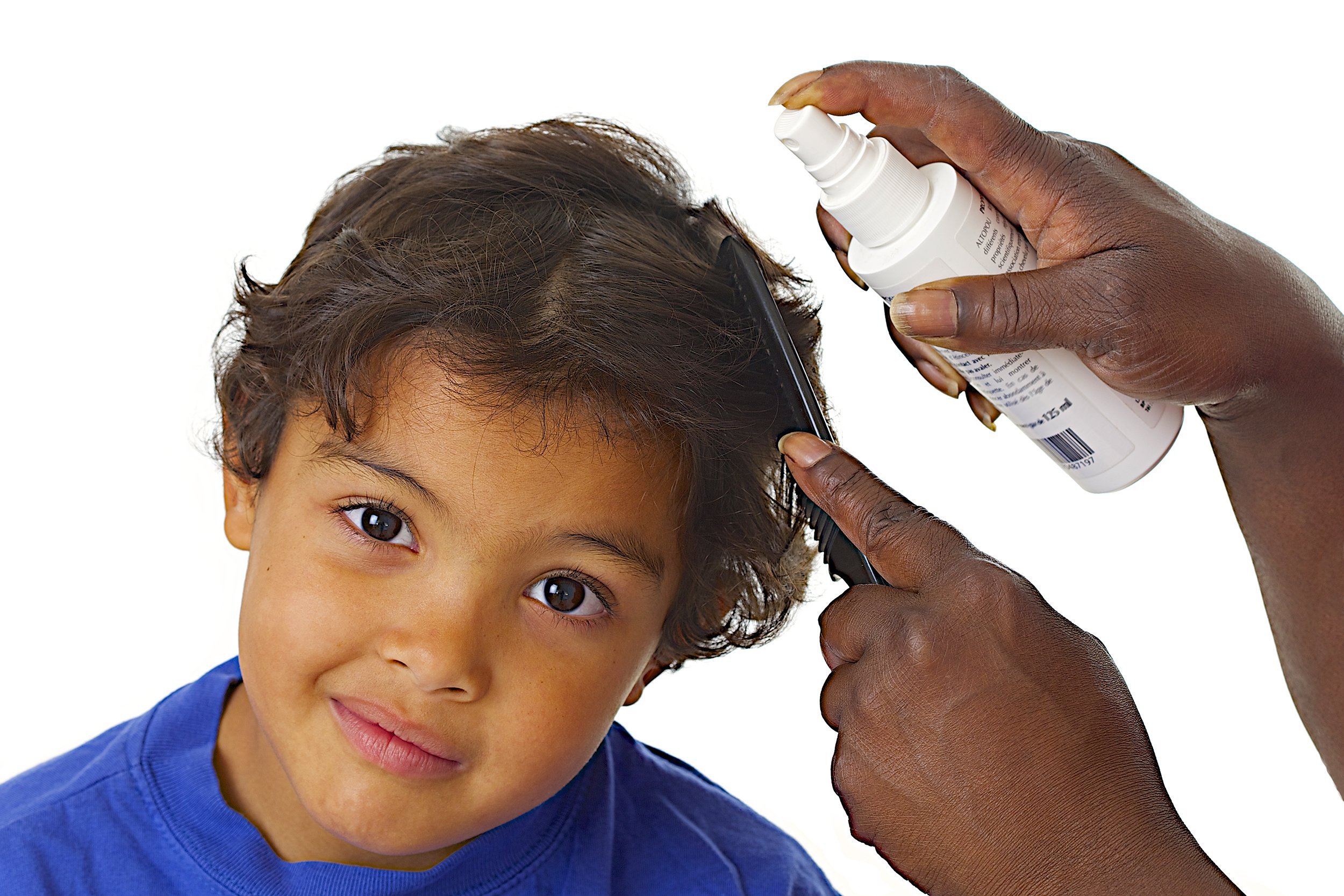
Doctors commonly recommend over-the-counter treatments including Nix, Rid, and A-200 that use the chemicals permethrin and pyrethrin. These chemicals are supposed to be toxic for lice. Most of these products require a second treatment about nine days after the first treatment, which may not kill the most recent nits.
… BUT SOME LICE ARE RESISTANT

Many over-the-counter treatments are so common that some lice — even as many as 75 percent, according to researchers — are now immune, Scientific American warns. In this case, prescription treatments that work differently than over-the-counter treatments will be required.
HOME REMEDIES MIGHT NOT WORK
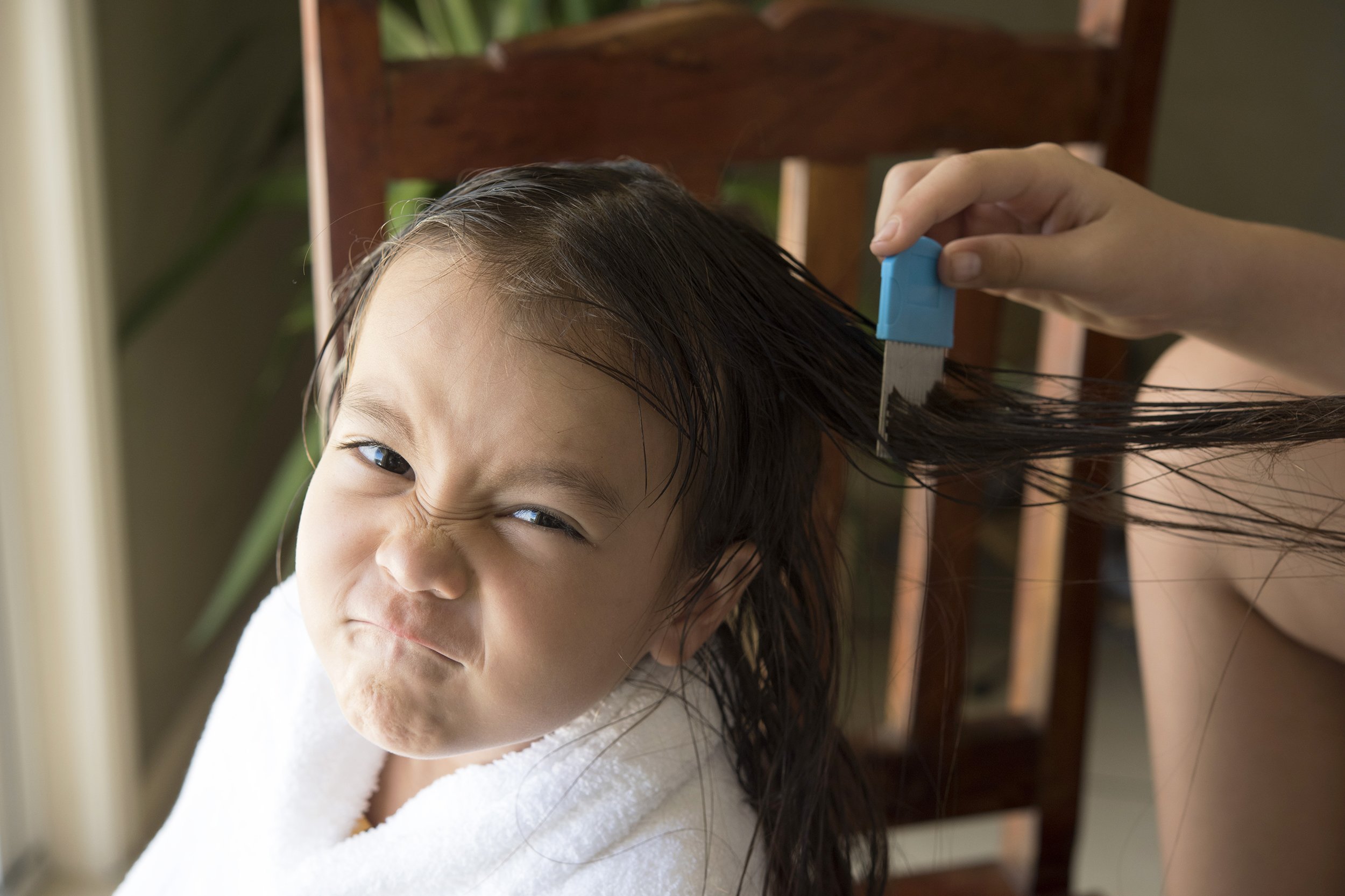
There’s little research to suggest home remedies are effective. Common home treatments include wet-combing lice and nits out of the hair, smothering them with household pantry staples such as olive oil or butter, and using a solution containing essential oils.
PROFESSIONAL TREATMENT IS PRICEY
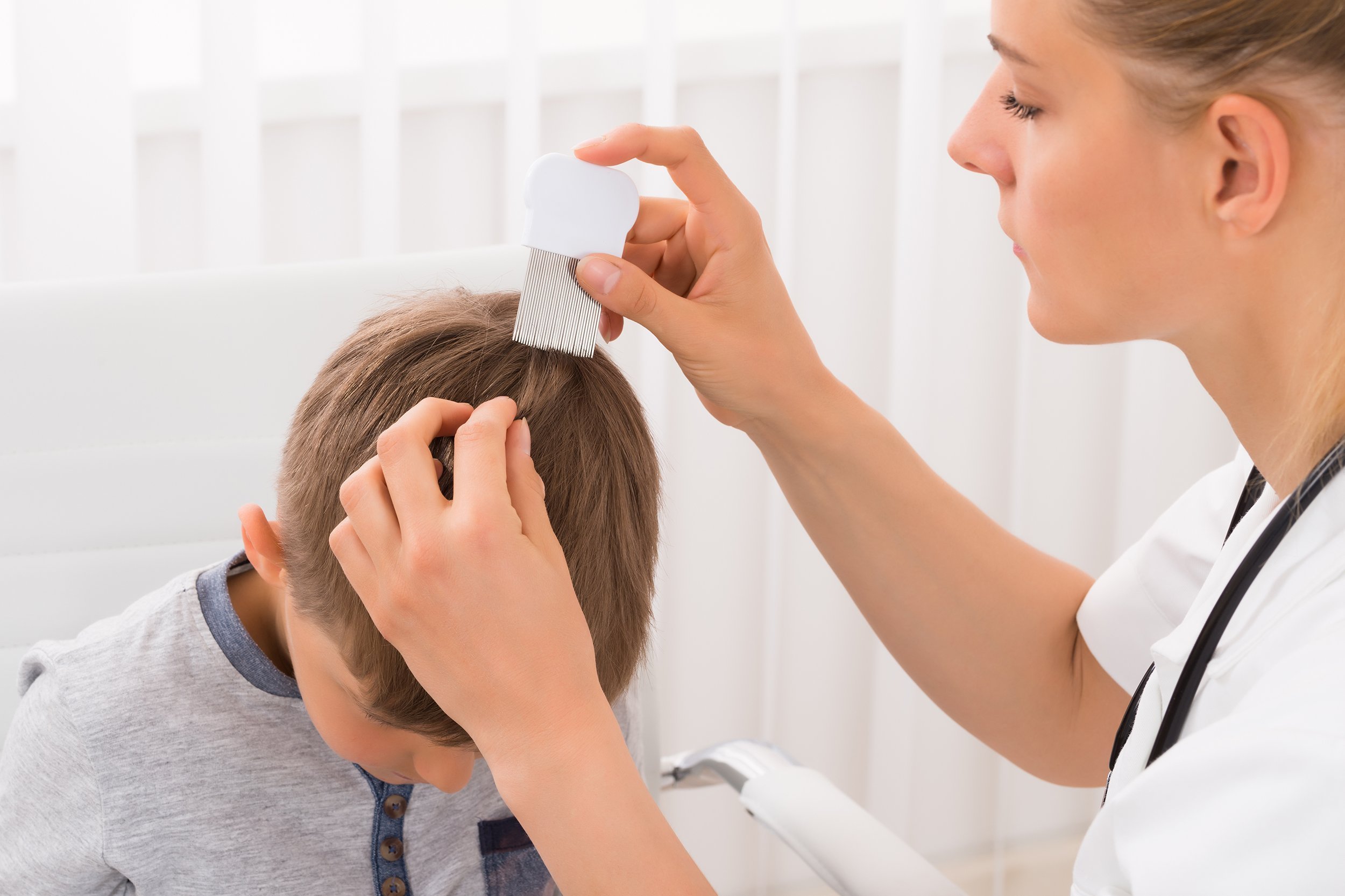
Professional lice-treatment centers have sprung up across the country, and there are even professional lice removers who will do house calls in some areas, according to Today. Costs vary, but a quick survey of professional lice-removal services shows fees around $100 an hour.
A GOOD VACUUM IS A MUST …
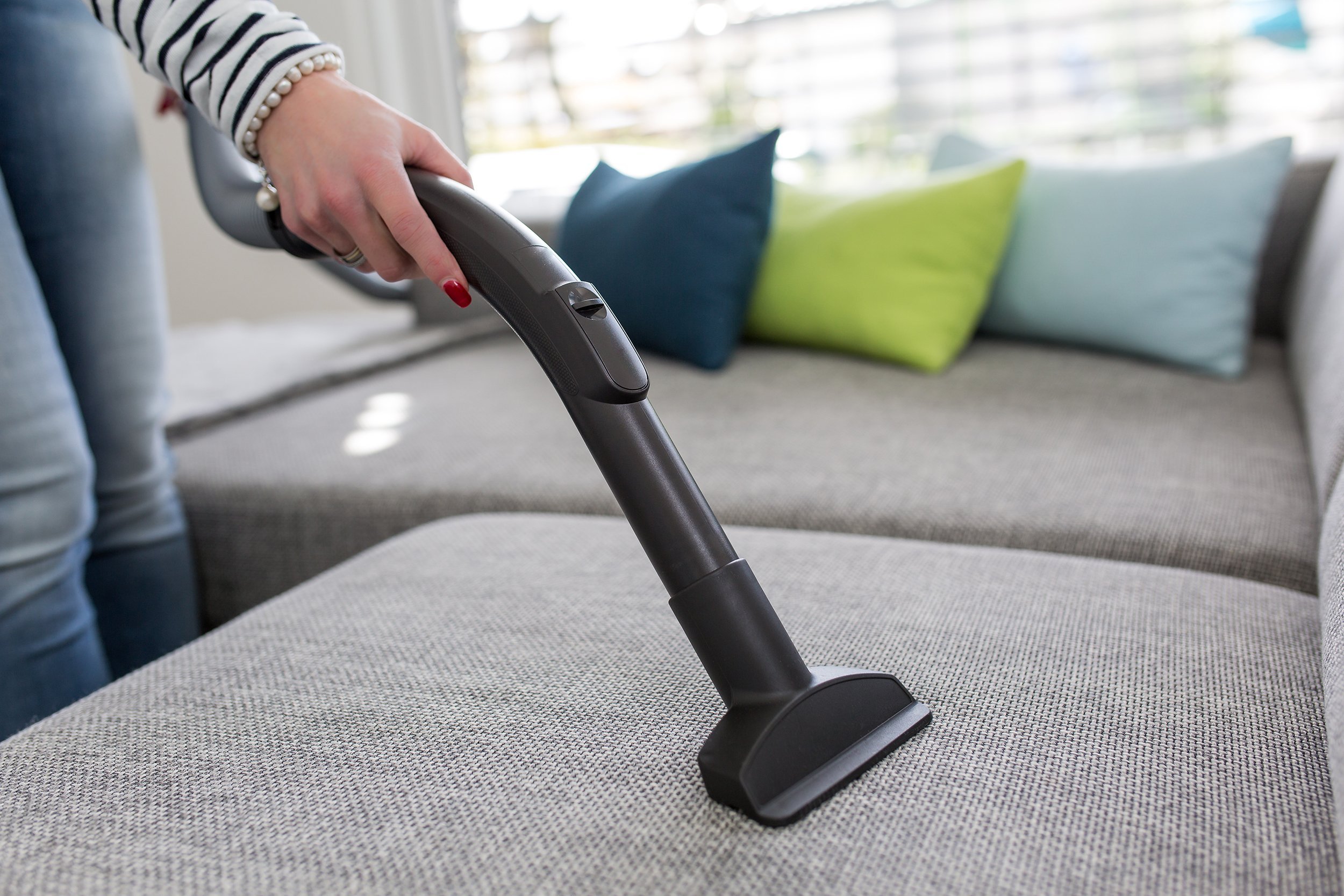
The CDC recommends vacuuming floors and furniture, car seats, or any other fabric-covered items used by the infested person. Wash all clothes and bedding, too. But since lice can only live a day or so off of a person’s scalp, anything an infected person hasn’t touched within that time period should be fine, according to the Cleveland Clinic.
… BUT SPRAYS AREN’T NECESSARY
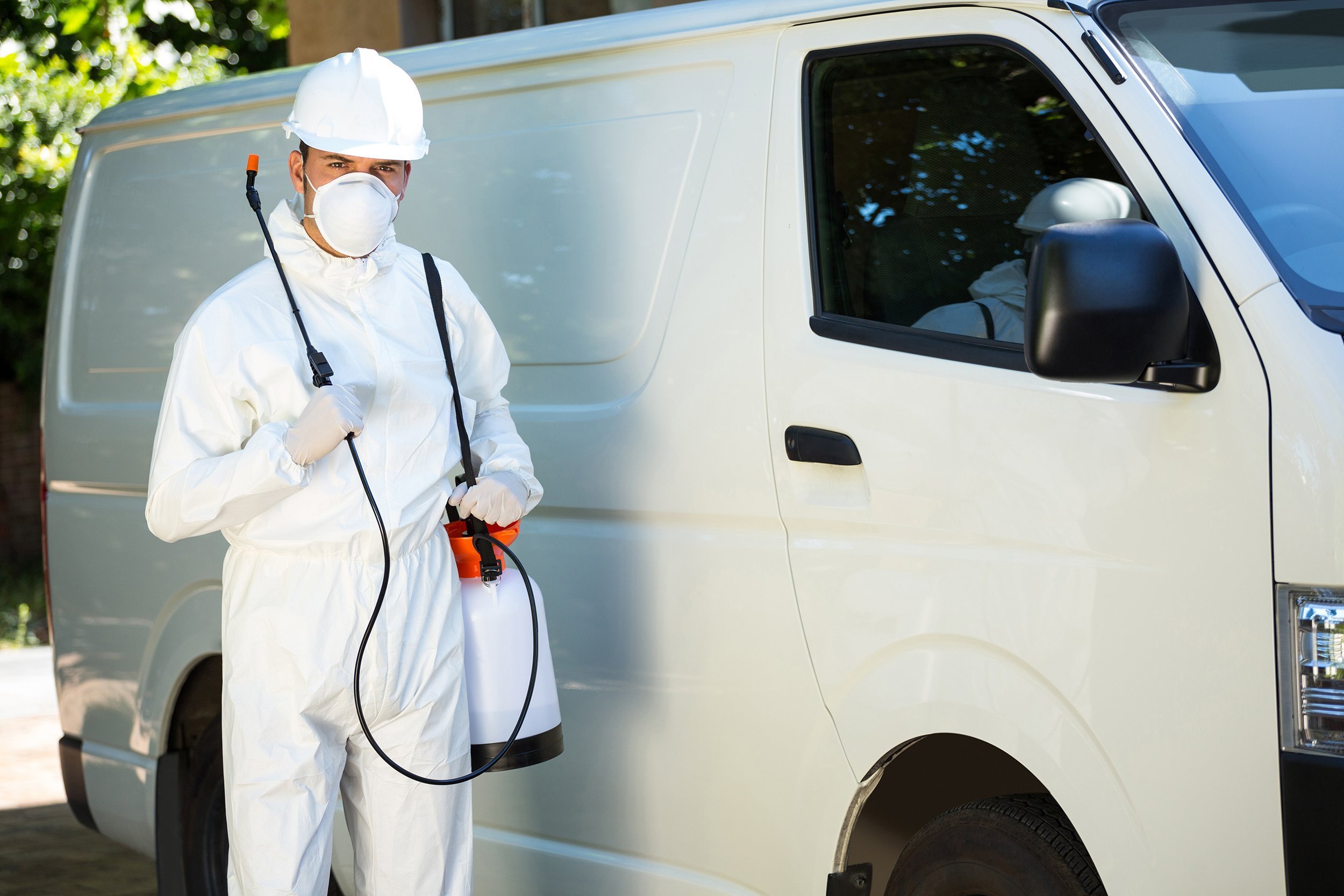
On the other hand, the CDC does not recommend using household bug sprays, pesticides, or any sort of fumigation, all of which can pose a health risk if inhaled. Further, sprays are unnecessary for lice control since lice cannot survive for long without a human host.
SCHOOLS’ ATTITUDES ARE CHANGING
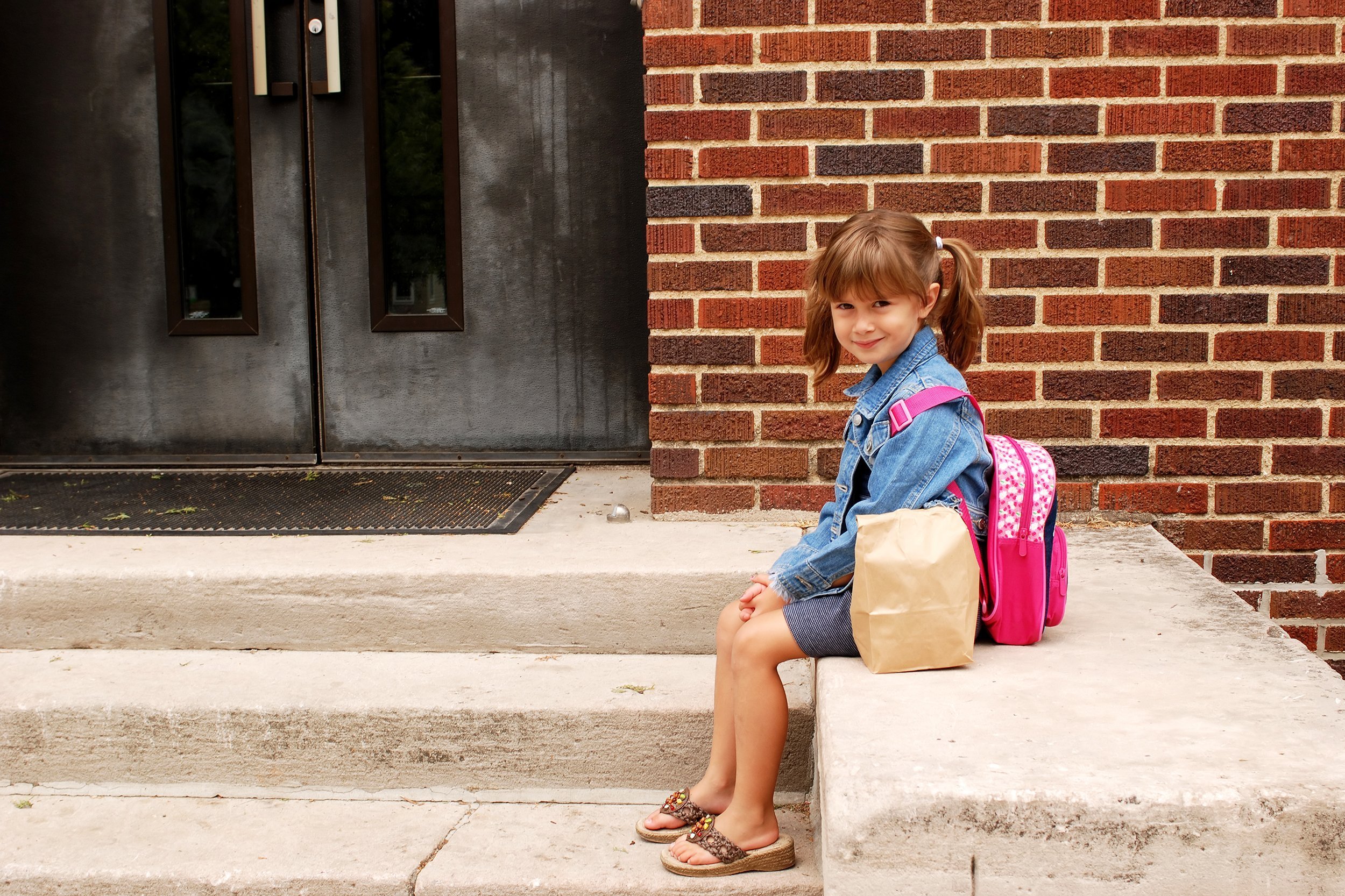
Policies vary, and it’s still common for children to be sent home immediately if lice are spotted. But that’s changing at some schools. The CDC says students found to have lice can stay in school for the day and return after beginning treatment. The American Academy of Pediatrics and the National Association of School Nurses also back the abandonment of “no-nit” rules that require kids to be completely nit-free before returning. They say these rules promote unnecessary absences.
COMMON SENSE IS THE BEST PREVENTION

The Mayo Clinic warns against products that claim to prevent lice, saying there isn’t enough research on whether they are safe or effective. Instead, kids should be instructed to avoid head-to-head contact with their classmates or sharing personal items like brushes and hats.






